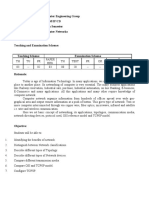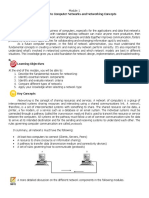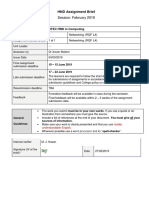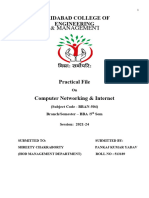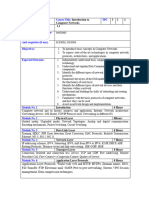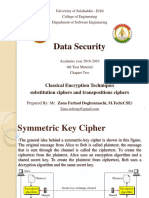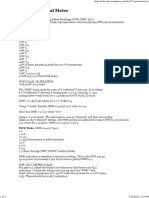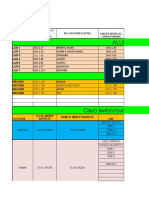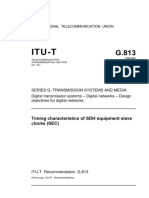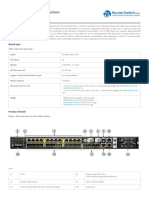0% found this document useful (0 votes)
48 views16 pagesLecture 1
This document provides an overview of the introduction to a course on computer networking. It outlines the aims and objectives of the course which are to equip students with networking theory and practical skills. It details the course structure which includes interactive lectures, practical sessions, textbooks, and exams. Students will learn about networking components, data transmission, and basic configuration skills. Risks and benefits of computer networking are also highlighted.
Uploaded by
Mstafa MhamadCopyright
© © All Rights Reserved
We take content rights seriously. If you suspect this is your content, claim it here.
Available Formats
Download as PDF, TXT or read online on Scribd
0% found this document useful (0 votes)
48 views16 pagesLecture 1
This document provides an overview of the introduction to a course on computer networking. It outlines the aims and objectives of the course which are to equip students with networking theory and practical skills. It details the course structure which includes interactive lectures, practical sessions, textbooks, and exams. Students will learn about networking components, data transmission, and basic configuration skills. Risks and benefits of computer networking are also highlighted.
Uploaded by
Mstafa MhamadCopyright
© © All Rights Reserved
We take content rights seriously. If you suspect this is your content, claim it here.
Available Formats
Download as PDF, TXT or read online on Scribd
/ 16


